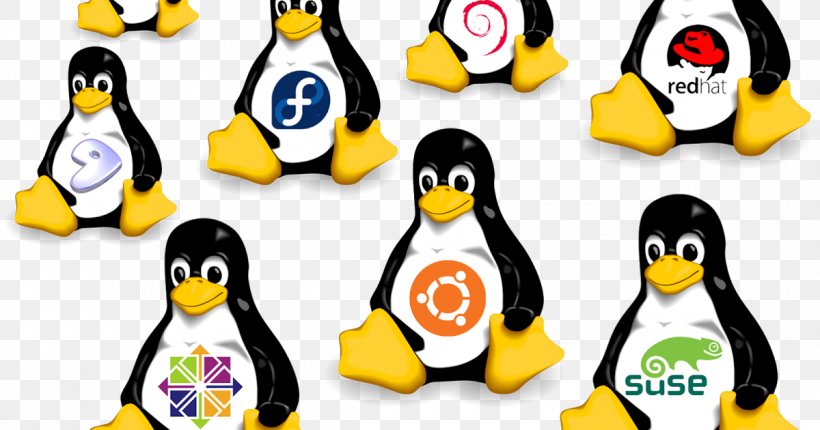Linux, often hailed as the champion of open-source software, has long been overshadowed by misconceptions of complexity, reserved for tech aficionados. However, the tides are turning, and Linux is shedding its daunting image, inviting everyone to experience the liberating world of open source.
Demystifying Linux: A User-Friendly Revolution
Gone are the days when the mere mention of Linux conjured images of terminal commands and cryptic operations. User-friendly distributions like Ubuntu and Linux Mint have emerged, providing sleek interfaces and intuitive installations that rival their proprietary counterparts.
Ubuntu: Paving the Way for Accessibility
Ubuntu, a pioneer in making Linux approachable, has become synonymous with user-friendly open source. Its Software Center acts as a gateway to an array of applications, simplifying the once-daunting process of software installation. The adoption of Ubuntu signals a paradigm shift, making Linux accessible to users without a technical background.
Linux Mint: Bridging the Familiarity Gap
Building on Ubuntu’s success, Linux Mint takes user-friendliness a step further. With a desktop environment reminiscent of traditional systems, Mint provides a comfortable transition for those migrating from Windows or macOS. The layout and design ensure that users feel right at home.
Compatibility Concerns: Addressing the Software Gap
Historically, Linux faced challenges in software compatibility, with many applications exclusive to other operating systems. However, the rise of cross-platform applications and compatibility layers like Wine has transformed the landscape. Initiatives such as Flatpak and Snap packages aim to create universal packaging formats, fostering compatibility across different Linux distributions.
Community Support: A Pillar of Strength
The Linux community stands tall as a pillar of support for users navigating the open-source terrain. Online forums, tutorials, and extensive documentation provide a wealth of resources, ensuring that assistance is readily available. The sense of community fosters an environment where no question is too basic, making Linux an inclusive space for users of all skill levels.
Educational Initiatives: Knowledge is Power
Educational campaigns and advocacy initiatives play a pivotal role in dispelling myths surrounding Linux. Workshops, webinars, and outreach programs aim to educate users about the advantages of open-source software. As knowledge spreads, Linux becomes less enigmatic and more appealing to a broader audience.
The Future of Open Source: Linux Leading the Way
The evolution of open-source software hinges on the continuous improvement of user experience. Linux’s commitment to user-friendly interfaces and enhanced compatibility positions it as a frontrunner in shaping the future of open source. As technology intertwines with our lives, the importance of approachable operating systems cannot be overstated.
Embracing Linux: More Than a Tech Guru’s Choice
Linux’s journey from a niche system to a welcoming ecosystem is a testament to its adaptability and resilience. Today, Linux is not just for tech enthusiasts; it’s for everyone seeking a secure, customizable, and cost-effective computing environment.
Conclusion: Opening Doors to Open Source
In conclusion, Linux has broken down the barriers that once confined it to a niche audience. With user-friendly distributions, improved compatibility, strong community support, and educational outreach, Linux is now a viable choice for users from all walks of life. The doors to open source are wide open, inviting everyone to explore the power and freedom that Linux brings to the world of computing.
FAQs (Frequently Asked Questions)
1. Is Linux only for advanced users?
- No, modern Linux distributions like Ubuntu and Linux Mint are designed to be user-friendly and accessible to individuals with varying levels of technical expertise.
2. Can I run my favorite applications on Linux?
- Yes, the compatibility landscape has significantly improved, and many cross-platform applications and compatibility layers make it easier to run popular software on Linux.
3. How do I get support if I encounter issues with Linux?
- The Linux community is known for its robust support system. Online forums, documentation, and community-driven help channels are readily available for assistance.
4. What makes Linux more secure than other operating systems?
- Linux’s security is reinforced by its open-source nature, allowing constant scrutiny and updates by a global community. Additionally, user permissions and encryption add layers of protection.
5. Can I still use a graphical interface on Linux, or is the command line mandatory?
- While the command line is a powerful tool, many Linux distributions provide graphical interfaces that are intuitive and user-friendly, catering to a broad audience.
